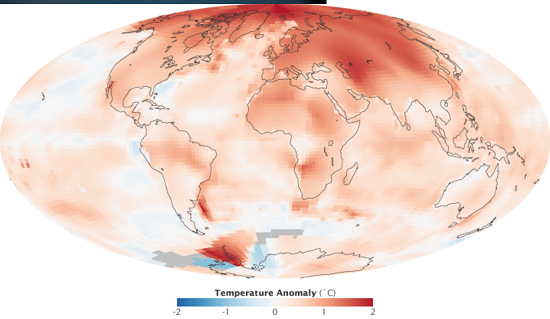Updated By: LatestGKGS Desk
Geography: Polar amplification and Polar region amplification

Geography: Polar amplification, Climate reactions, Solar Radiation, and region amplification
Climate change is a historic change in the pattern of average seasonal conditions. Generally, these changes are studied by dividing the history of the Earth into long periods of time. Similarly, the rising global warming in the polar region is observed using the historical background and climate model. Usually, in global temperature, polar amplification has become synonymous with the ratio of changes in polar temperature with extensive reference change during the same period.
Polar amplification is a climate model that predicts rising warming due to climate reactions in the polar region. In other words, due to climate change, due to climate change due to the concentration of greenhouse gases (GHGs) near the pole in the polar region or other parts of the globe, it is called polar amplification.
Although evaluation effects associated with temperature, water vapor and clouds are considered to contribute to warming in the polar region, the surface albedo evaluation is believed to be the reason for the growth of the glacier and the absorption of solar radiation in surface absorption.
Polar region amplification
1. Changes in Cloud Cover
2. Increase in atmospheric water vapor
3. Transport of atmospheric heat from low latitudes
4. Sea ice incident


